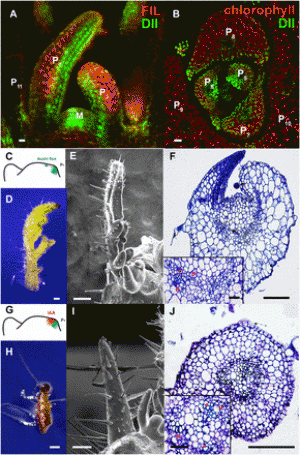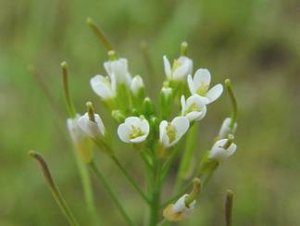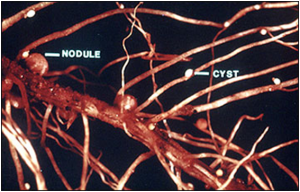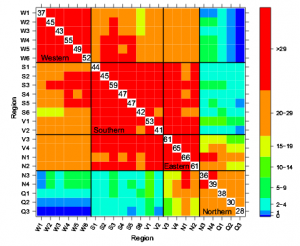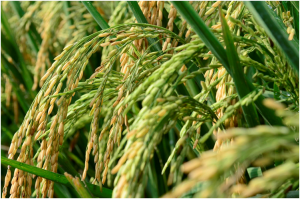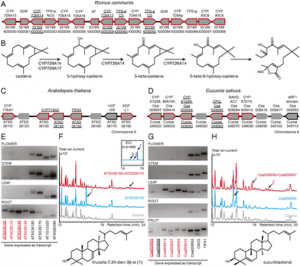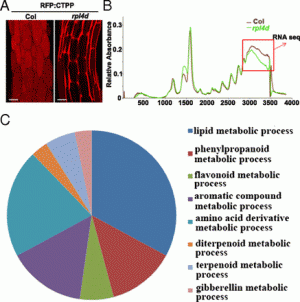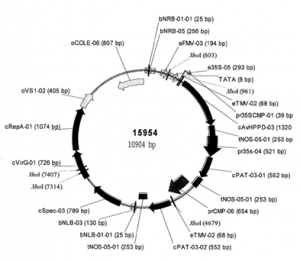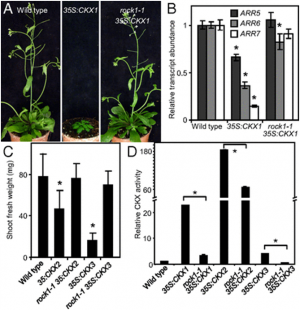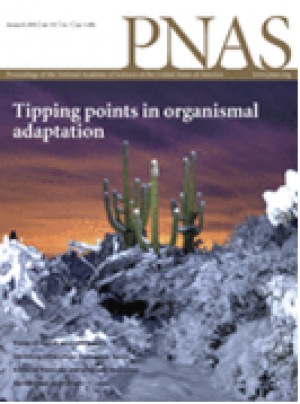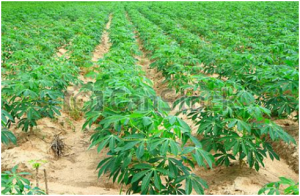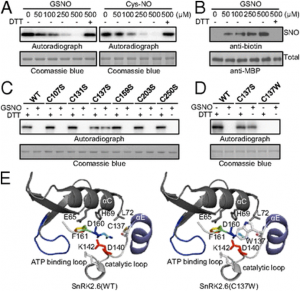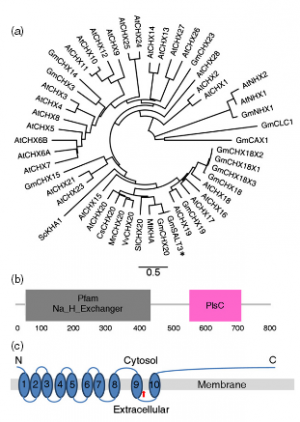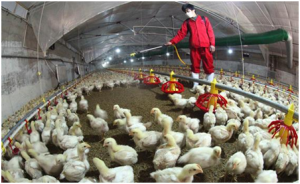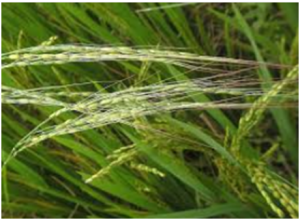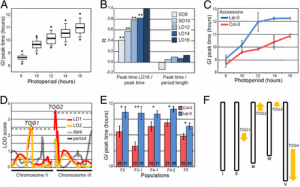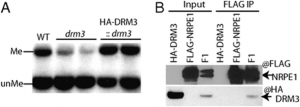|
Maternal temperature history activates Flowering Locus T in fruits to control progeny dormancy according to time of year
Sunday, 2015/01/04 | 06:50:29
|
|
Min Chen, Dana R. MacGregor, Anuja Dave, Hannah Florance, Karen Moore, Konrad Paszkiewicz, Nicholas Smirnoff, Ian A. Graham, and Steven Penfield SignificanceSeed behavior is known to be highly dependent on the temperature during seed set, but the mechanism is poorly understood. Here we show that the mother plant plays a central role in the control of progeny seed dormancy, integrating long-term temperature memories in fruit tissues using the same pathway that controls flowering time. Regulation of seed coat properties by maternal flowering time pathways effectively passes timing information across generations, aligning progeny behavior with time of year. AbstractSeasonal behavior is important for fitness in temperate environments but it is unclear how progeny gain their initial seasonal entrainment. Plants use temperature signals to measure time of year, and changes to life histories are therefore an important consequence of climate change. Here we show that in Arabidopsis the current and prior temperature experience of the mother plant is used to control germination of progeny seeds, via the activation of the florigen Flowering Locus T (FT) in fruit tissues. We demonstrate that maternal past and current temperature experience are transduced to the FT locus in silique phloem. In turn, FT controls seed dormancy through inhibition of proanthocyanidin synthesis in fruits, resulting in altered seed coat tannin content. Our data reveal that maternal temperature history is integrated through FT in the fruit to generate a metabolic signal that entrains the behavior of progeny seeds according to time of year.
See: http://www.pnas.org/content/111/52/18787.abstract.html?etoc PNAS December 30, 2014 vol. 111 no. 52: 18787–18792
Fig. 3. ft-1 mutant seeds are affected in seed procyanidin content and seed coat permeability. (A) Insoluble (solid bars) and soluble (open bars) procyanidin content measured by acid butanol extraction and absorbance at 550 nm in WT, ft-1, and gi-3 mutant seeds from plants that had experienced the indicated temperature regime before flowering, but all maintained after flowering at 22 °C. Data represent mean and SE of five biological replicate seed batches, with the exception of gi-3, for which only three were available. Astersisks denote significant differences (P < 0.01). (B) Tetrazolium uptake of WT and ft seeds after 48 h from plants raised at 22 °C before fertilization of the first ovules, compared with wild-type seeds from plants that experienced 16 °C. tt4-1 mutants are shown as positive control. All plants were maintained at 22 °C after bolting. Pictures of three biological replicate seed batches are shown. |
|
|
|
[ Other News ]___________________________________________________
|

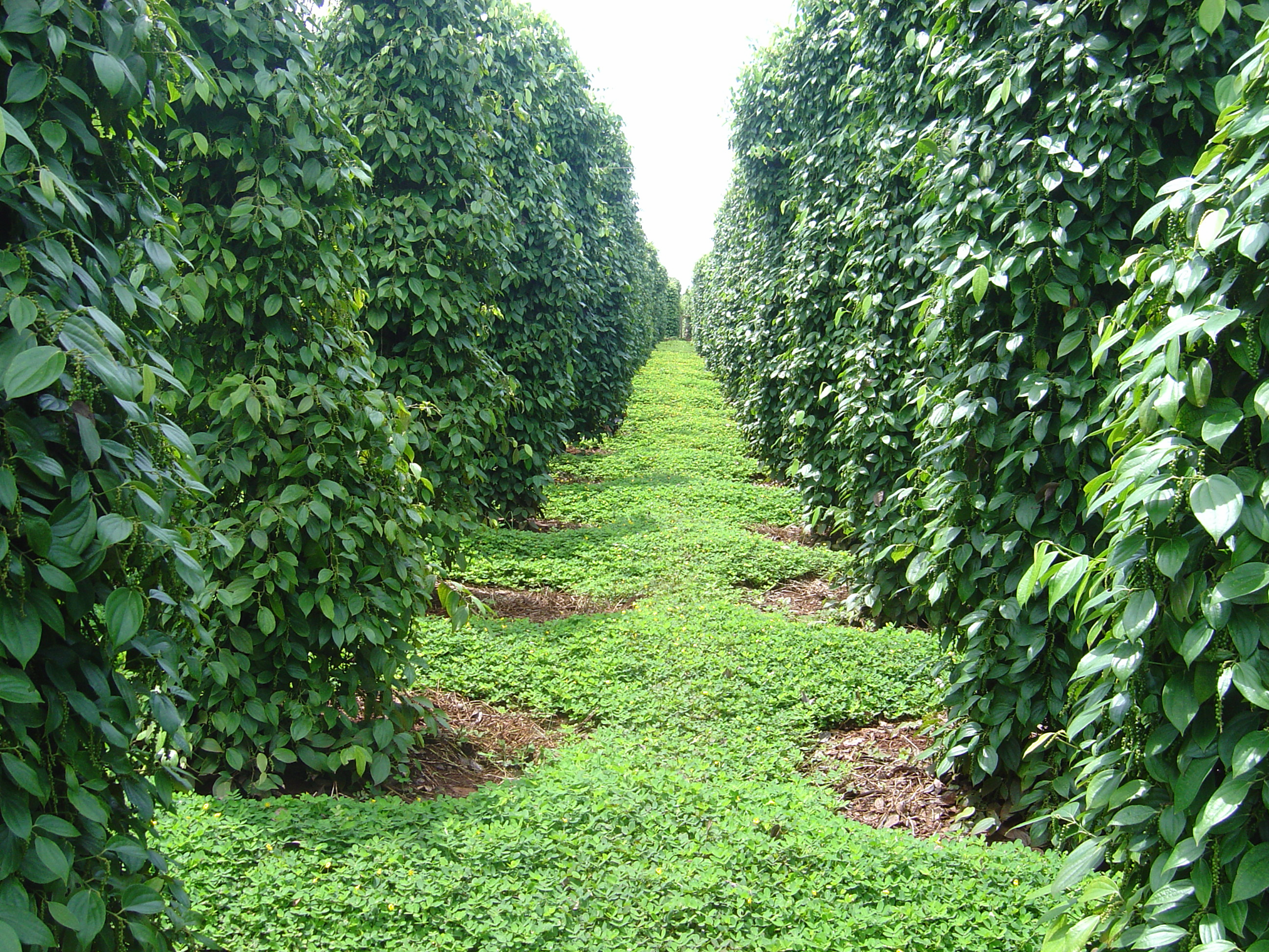
 Curently online :
Curently online :
 Total visitors :
Total visitors :
.gif)
